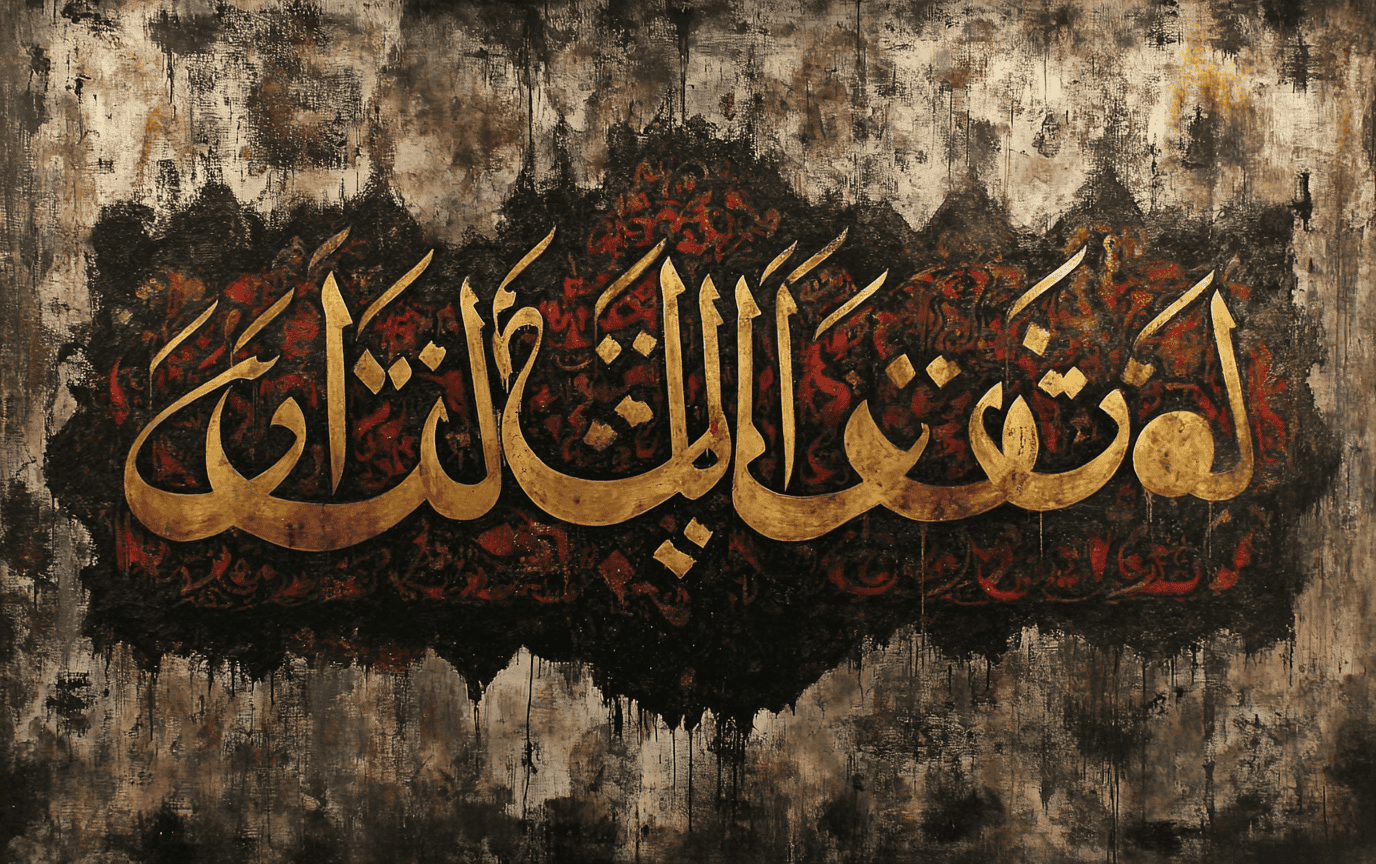The Cultural Significance of Calligraphy in Islamic Art
Islamic calligraphy is more than just beautiful writing; it is a rich tapestry woven with threads of faith, history, and breathtaking artistry. This dynamic form of artistic expression embodies the spiritual essence of Islam and communicates profound cultural significance that resonates through the ages. From the graceful curves of Arabic letters to the intricate designs that adorn mosques and manuscripts, each stroke speaks to a legacy that continues to flourish today. This article embarks on a journey through time, exploring the historical roots, spiritual dimensions, and cultural value of Islamic calligraphy—an art form that captures both the heart and soul of an entire civilization.
Historical Development
The origins of Islamic calligraphy can be traced back to the dawn of Islam in the 7th century. The early years saw the emergence of the Kufic script, a distinct style named after the city of Kufa in Iraq, characterized by angular, geometric forms—each letter a reflection of its time. It was during the Umayyad and Abbasid periods that calligraphy began to evolve dramatically. Enter Ibn Muqla, a master calligrapher who revolutionized Arabic writing by delineating six major scripts: naskhi, muhaqqaq, rayhani, thuluth, riqa’, and tawqi’[2][5]. Each form held specific purposes and conveyed distinct emotions.
Imagine a scribe navigating the smooth, lustrous surface of parchment. A whisper of concentration surrounds him as he draws the first letter, pouring his devotion into every flourish and line. Here, the act of writing transcends mere words—it becomes a dance, an intimate communion with the divine.
In contrast to the simple geometric brushworks of the early scripts, the calligraphy of the Ottoman Empire embraced a more fluid style. This period produced masterpieces that adorned both public spaces and private collections. The intricacies of these letters reflected various interpretations of beauty and reverence. Islamic calligraphy became a bridge; a connection between the heavenly and earthly realms, conveying not just language but a deep spirituality through visual language itself.
Cultural and Spiritual Significance
Calligraphy extends beyond aesthetics—its spiritual dimension is woven into the fabric of Islamic rituals. It serves to inscribe verses from the Qur'an upon the walls of grand mosques, enchanting the hearts of believers who find themselves enveloped in a sacred atmosphere.
Consider the words of the Arabic proverb: "Purity of writing is purity of the soul." Here lies a profound truth; mastery of calligraphy requires not only technical skill but dedication to a spiritual journey. The act of writing becomes an intimate reflection of one's faith. As the letters flow, they become conduits of divine messages, illuminating the hearts of those who glimpse their craftsmanship.
Moreover, calligraphy stands as a visual narration of cultural identity. In regions where artistic expression thrived, such as the Mughal Empire, calligraphy flourished as a symbol of prestige and learning. The careful placement of verses becomes a visual tapestry, meshing faith and culture into a cohesive narrative.
Role in Preserving Cultural Heritage
Islamic calligraphy is deeply entrenched in cultural heritage. It bears witness to the passage of time, preserving stories of both triumph and struggle. The writings in manuscripts, public art, and even personal objects articulate a continuity of faith and collective memory.
Like a tapestry that tells stories through its intricate patterns, calligraphy in manuscripts often contains genealogies, historical accounts, and philosophical discourses. It evokes emotions and beckons us to connect with our ancestry, serving as a touchpoint to the past that shapes our present and future.
The resurgence of interest in traditional calligraphy echoes in today's world, as artists and enthusiasts embark on journeys to study, practice, and innovate. Workshops emerge as havens for aspiring calligraphers, breathlessly exchanging knowledge amid laughter and shared passion. Here, the past intertwines with the present, nurturing the flame of cultural identity.
Modern Relevance and Challenges
In a world dominated by technology, hand-written calligraphy faces challenges that threaten its continuity. Yet, its importance cannot be overstated. While digital fonts attempt to replicate the beauty of Arabic writing, they lack the depth and character of hand-crafted forms. There is a soulful connection that arises when the artist's hand, guided by heart and tradition, moves across the page.
Today's workshops and educational initiatives strive to breathe new life into this historical art form. As travelers into this rich tradition, modern calligraphers blend their teachings with contemporary themes, inviting new generations to appreciate the craft.
It is imperative to acknowledge challenges that come with digital culture. The rapid pace of progress may overshadow the slow and deliberate evolution of traditional calligraphy. Yet, every stroke that emerges from the brush challenges this narrative, reminding us that the slow dance of ink and paper has not lost its significance.
The Intersection of Calligraphy and Modern Art
The impact of calligraphy on modern art cannot be overstated. Artists like Hassan Massoudy infuse contemporary aesthetics with elements of traditional calligraphy, creating striking works that elicit both nostalgia and innovation. Their pieces transcend cultural boundaries, inviting people from different backgrounds to engage with the profound beauty of Arabic writing.
Moreover, modern design has embraced classic calligraphic elements, weaving them into graphic design, fashion, and even architecture. The interplay of old and new creates a dialogue that enriches both realms, reminding us that artistic expression knows no bounds.
As we witness a blend of cultures, calligraphy continues to adapt, revealing its flexibility and resilience. This adaptability ensures its relevance, not only in enhancing decorative arts but in shaping evolving visual language.
Conclusion
Islamic calligraphy is a profound testament to the power of artistry—an expression of culture, spirituality, and identity. It transcends being a mere written language to become a bridge between the sacred and the secular, an eloquent statement of faith rendered in graceful strokes. As custodians of this rich heritage, it is our responsibility to nurture and preserve calligraphy as a living art form, ensuring that its whispers of wisdom and beauty resonate for generations to come.
Let the beauty of Islamic calligraphy inspire your own artistic journey, reminding you that it is not just about the letters, but the stories they tell and the connections they forge.
Interested in more insightful reads? Check out our Travel Tips section for the latest advice. For lifestyle inspiration, explore our Lifestyle category, and dive into amazing destinations. Don't forget to connect with us on YouTube, or follow our adventures on Instagram and Pinterest.













